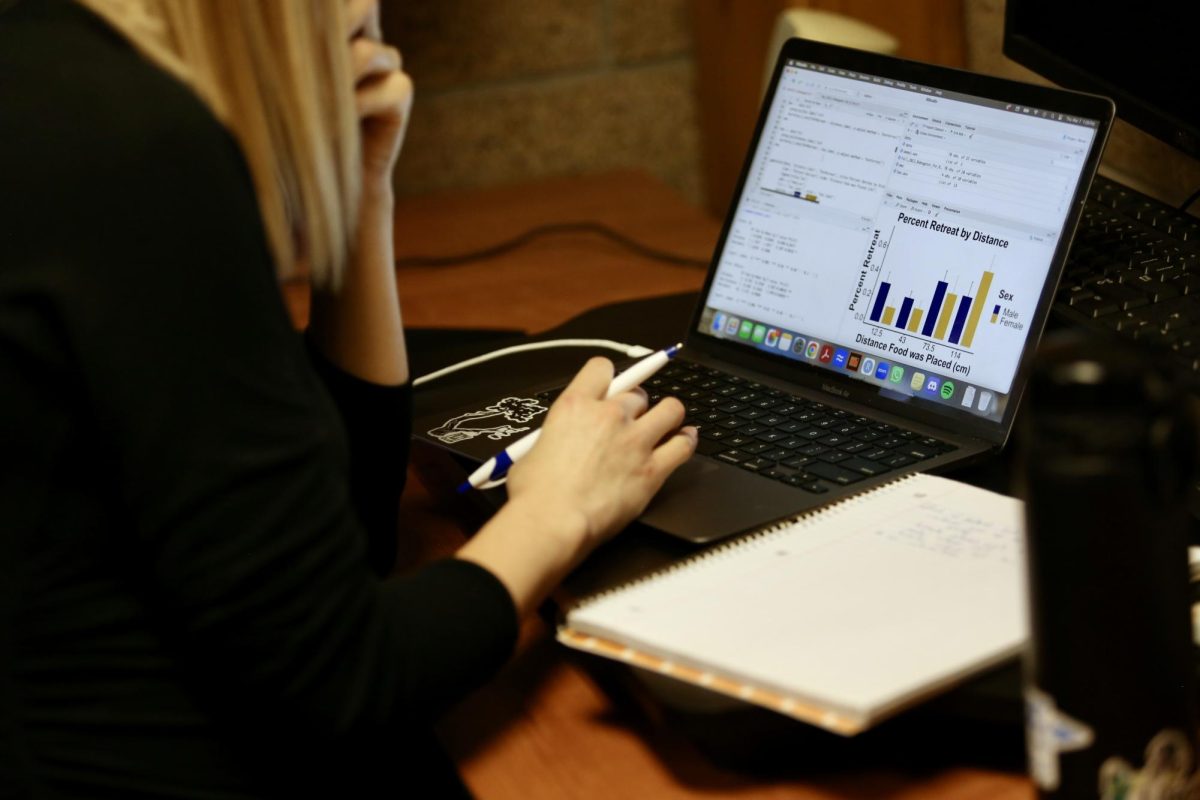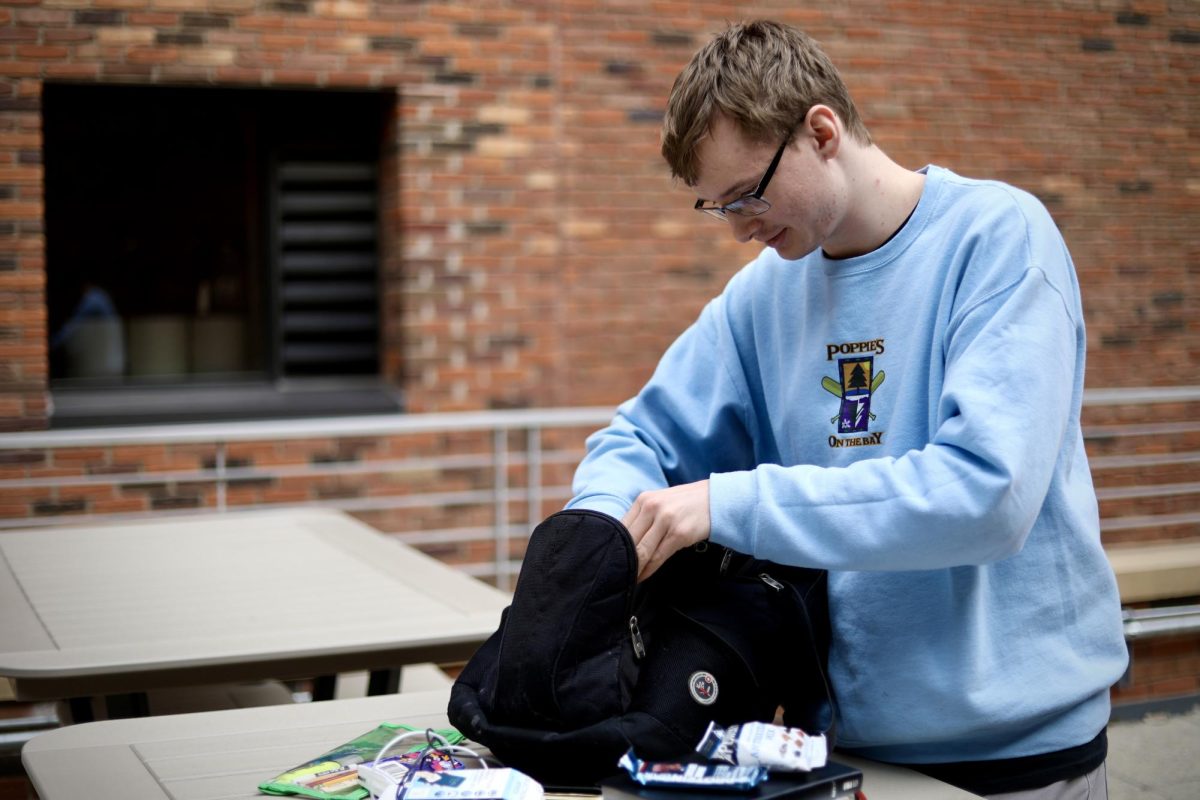Bethel University’s theater department discusses their fall production of The Women of Lockerbie.
By Meckenna Woetzel | Features Reporter
Just four days before Christmas in 1988 a regular American Pan Am transatlantic flight was set to touch down in Detroit from Frankfurt, Germany. However, en route home, a bomb exploded on board killing all 259 passengers. The remains of the flight scattered below in Lockerbie, Scotland killing 11 people on land. It was considered the largest and deadliest terrorist attack against America prior to 9/11.

Bethel’s Theatre Department tackles this emotional historical piece in their upcoming performance of The Women of Lockerbie directed by Meg Zauner. In the aftermath of the Pan Am Flight 103 crash, a mother from New Jersey roams the hills of Lockerbie looking for the remains of her son. She meets the women of Lockerbie, who are fighting the U.S. government to obtain the clothes of the victims. The women, determined to convert an act of hatred into an act of love, want to wash the clothes of the dead and return them to the victims’ families.
“In our society we’re dealing with a lot of horrific acts of violence, and this play takes this idea and looks at the issue from a lot of different perspectives,” says Zauner
Actor Emma Martin appreciates this element of the play, readily admitting, “The story deals with different ways that people cope with grief so that multiple people can relate to how they have [personally] dealt with grief in their own lives.” Yet in the midst of the stage and the routine of rehearsal, Martin must also remind herself, “This is someone’s real life…and I want to make it as genuine as possible.”
“With the emotional scope of The Women of Lockerbie, playwright Deborah Brevoort prefaces her unique work by saying, “There was something about the scale of the horror that was unleashed on Lockerbie, Scotland, the size of the emotions experienced by the victims families, and the heroic scope of the Laundry Project that said Greek to me. After all, the form of Greek tragedy was designed to tell these kind of stories, the horrible stories, like Lockerbie, Holocaust, wars, plagues, genocides. It was a form designed to handle the big emotions and the extreme behaviors that attend these kind of events and presenting them in a way that the audience can bear.”

Still, the themes and ideas of this story are all too real for contemporary society. When asked why their work is relevant to today, Martin responded, “Well, it’s about a terrorist attack which with all the shootings and how scary our world is, the story is something we can all relate to as citizens of America.”
Fellow actor Maddie Ritter interjects, “Terror is real in the world today.” However, in the midst of a tragic event, the community of Lockerbie unites. The women have grit and determination as they demand obtainment of the victims clothing. This poignant symbol offers hope to the audience.
“It’s understandable to hate, it’s understandable to be angry, it’s understandable to be confused. However, you can choose to not hate.” For Zauner, this is the crux of the story. “It reminds us we have a choice.”
This play is a glimpse into the tragic world of violence. Brevoort’s work honestly examines the reality of emotions – grief, hatred, fear, confusion – and yet a promise of hope. The Women of Lockerbie is about understanding people, especially those who think differently than perhaps oneself.
It’s about choice and choosing to love.
Because for the women of Lockerbie in 1988 they simply determined, “Hatred will not have the last word in Lockerbie” (102).

Performances of The Women of Lockerbie:
October 27-29 & November 3-5 @ 7:30 pm
October 30 & November 6 @ 2:30 pm
*There is no intermission
Scan the QR Code for your complimentary FREE student ticket!

![Nelson Hall Resident Director Kendall Engelke Davis looks over to see what Resident Assistant Chloe Smith paints. For her weekly 8 p.m. staff development meeting in Nelson Shack April 16, Engelke Davis held a watercolor event to relieve stress. “It’s a unique opportunity to get to really invest and be in [RAs’] lives,” Engelke Davis said, “which I consider such a privilege.”](http://thebuclarion.com/wp-content/uploads/2024/05/041624_KendallEngelkeDavis_Holland_05-1200x800.jpg)














